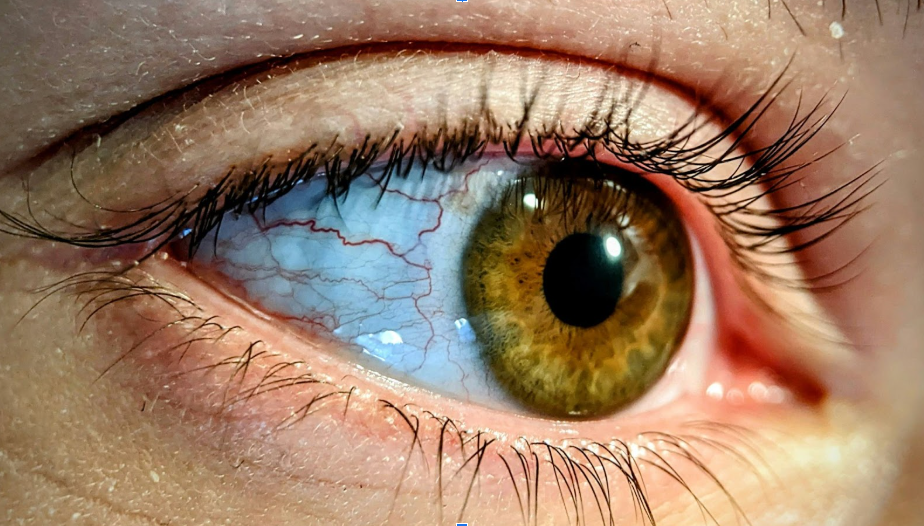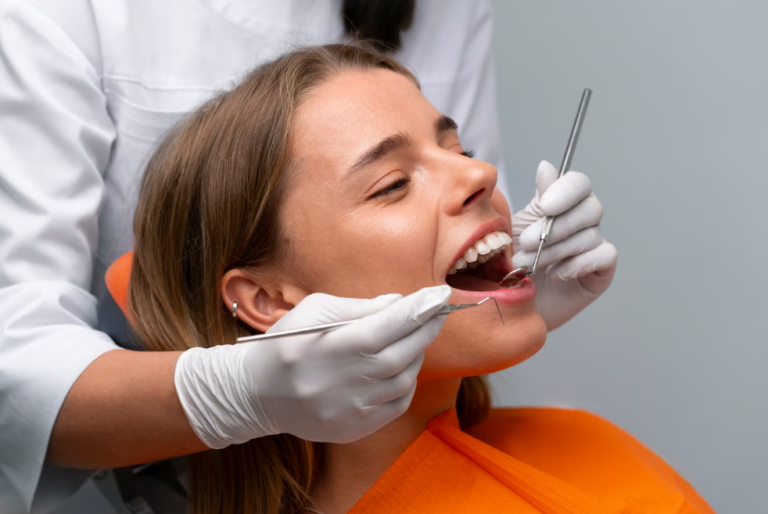Cocaine Eyes: What They Are and Why You Shouldn’t Ignore Them
When someone is said to have “cocaine eyes,” it usually refers to the visible changes in the eyes of a person who has recently used cocaine. These changes are not merely reflexive; they can reveal important insights into the individual’s health and behavior.
In this article, we shall visualize what cocaine eyes entail, the science behind it, and the importance of spotting it early as the first step towards assisting someone who is addicted to cocaine.
What Cocaine Eyes Are?
Cocaine eyes is the phrase most likely to be applied to the physical impact of cocaine on the pupils and the general appearance of a person’s eyes. The most typical one? Dilated pupils. When one takes cocaine, the pupils tend to be unusually large both during daylight hours and even in brightly lit places.
Besides the dilation of pupils, other effects that cocaine users can have are:
- Bloodshot eyes or red eyes
- Watery-glass-like appearance
- Jerky movements of the eyes
- Light sensitivity
These effects may be experienced after just a few minutes after taking the drug, and the effects can continue for hours, depending on the quantity of the drug taken and how it is taken.
Why Does Cocaine Affect The Eyes?
Cocaine is a powerful stimulant. It causes a tremendous amount of dopamine to be released in the brain, the chemical that makes us feel good and activates the sympathetic nervous system. The body response of the system is known as the fight or flight system, including:
- Increased heartbeat
- High blood pressure
- Pupil dilation
Since this system manipulates the pupils, the drug causes the pupils to dilate, hence the classic appearance that goes by the name of cocaine eyes.
Cocaine Eyes vs. Normal Reactions of Eyes
It is normal to know that pupils contract and dilate in response to changes in lighting or emotions. However, that is not the case with cocaine-induced dilation:
- It does not react to variations in light.
- It remains very stable.
It is commonly accompanied by other symptoms, such as inability to settle or irregular behavior. Since this system controls the pupils, the drug makes the pupils dilate, consequently giving out the distinctive appearance that is referred to as cocaine eyes.
The differences in response between the Normal Eye reactions and Cocaine Eyes are:
- Dilation or contraction of the pupils is normal in response to light or emotions. But this is not the case when cocaine dilates:
- It does not react to the lighting conditions.
- It remains stable over an extended period.
- It is usually associated with other forms of symptoms, such as agitated or unreasonable behaviors.
To put it another way, cocaine eyes are not simply related to appearance; they also indicate intrapersonal activity.
See also: The Impact of Relaxation and Wellness on Your Mental Health
Cocaine Long-Term Sequelae in Eye Care
Whereas usage in the short run has direct consequences that are easily observed, chronic cocaine use may have more grievous manifestations to the eye, and they include:
- Retinal damage
- Blurred vision
- Infection of the eyes (particularly when snorting)
- The circulation of the eye nerve is losing its blood supply
It is a fact that continuous exposure to these threats may result in permanent vision problems; therefore, it is essential to identify and treat them as soon as possible.
Is Cocaine Eyes Addiction?
Yes; and here is why.
Although dilation of the pupils as a result of a single dose of cocaine is a regular occurrence in any human being, stabilized eyes of cocaine combined with the alteration of behavior should serve as a warning of addiction. Look out for:
- Episodes of large pupils that occurred more than once
- Sleep disturbances
- Mood swings immediately
- Economic or legal issues
- Secretive behavior
When you observe this combination of signs, especially cocaine eyes, on an individual who is showing them regularly, then it might be time to speak to the person or to find some professional assistance.
The Way to Speak to a Person About Cocaine Use
It is not easy to confront a person about drug use. In case you observe phenomena such as the cocaine eyes, here are some of the tips:
- Be human, not critical
- Select a quiet, personal setting
- Be concerned about their health rather than angry
- Volunteer to assist them to seek professional help.
Most of the users themselves are not aware of their addition. That may be the motivation they require in getting aid.
When You Need Medical Help
When a person is exhibiting symptoms of cocaine consumption, such as the incessant cocaine eyes, it is advisable to seek medical advice. The recovery can be supported through medical and emotional assistance, which can be achieved through the help of treatment centers, therapists, and rehabilitation programs.
Final Thoughts
Cocaine eyes are not jargon; it is an obvious, typical sign of cocaine use and abuse. Although dilation of pupils does not seem dangerous initially, it can be a sign of other health issues and even lead to vision impairment in the long term.
As a friend, parent, or just as a person interested in learning the signs of drug use, the first step to a person’s recovery is the key to understanding the meaning of cocaine eyes.






